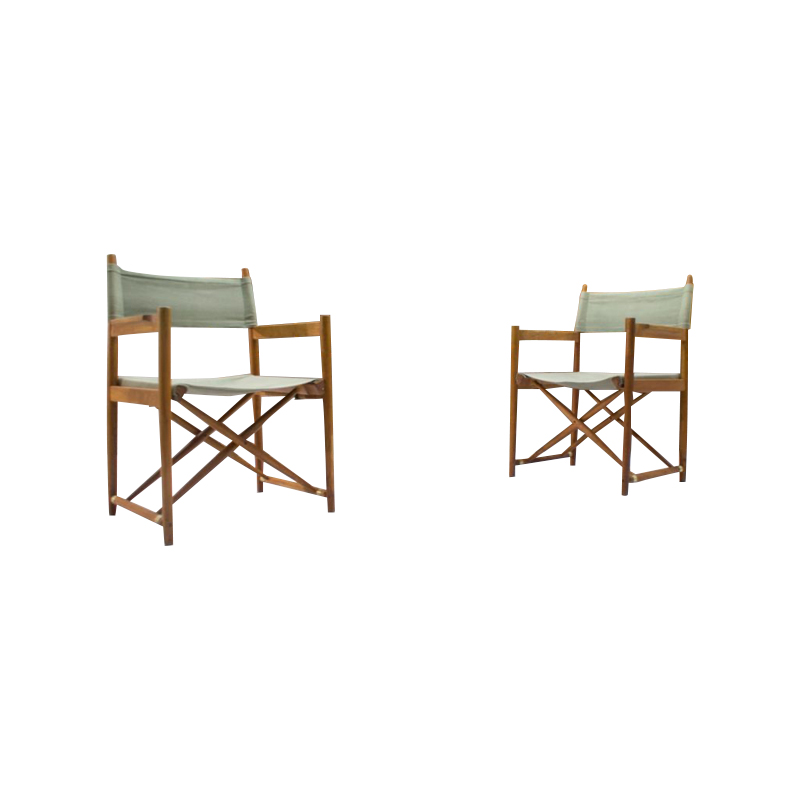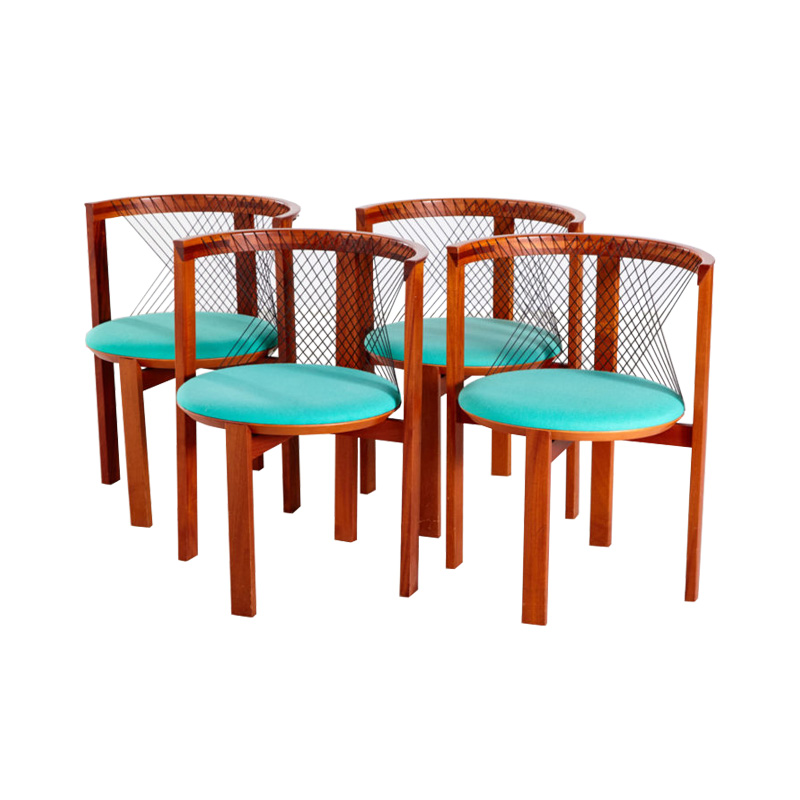There's a fairly defined dark line there, that'd be a strange photographic artifact. I've seen such a phenomenon in other forms of media, where there is a dark outline around a form. However, that medium is called cartoons.
No need to be snarky Kyle. We'll have to agree to disagree - I just don't see that in-person when I'm looking at the chairs. Regardless, I never denied the presence of veneer on the ply. The veneer could be chosen for purely aesthetic purposes and wouldn't necessarily be determinative of the underlying wood.
There's a fairly defined dark line there, that'd be a strange photographic artifact. I've seen such a phenomenon in other forms of media, where there is a dark outline around a form. However, that medium is called cartoons.
Note as well that the phenomenon you're referring to does *not* appear on the rear side of the back rest.
The chair in your photos looks too fresh for a vintage piece to my eye. No evidence of wear or normal use, wrong finish, not a speck of grime or scratch or ding anywhere, newly-reupholstered, the way each leg evenly darkens toward the floor, all suggest to me that someone went to considerable, relatively recent effort to achieve this look. Of course this is simply my impression based on three small images on a screen and worth exactly what it cost. Apologies for any unintended offense.
It's an attractive chair. Reminds me of Eric Buck designs in some ways. No doubt there are vintage pieces in similar condition out there and buyers willing to pay a premium for such. I'm just not one of them.
And, again, I must agree with leif and Kyle that use of rosewood for the inner plys would be highly unusual for all the reasons they've offered. There are many tropical hardwoods that appear very similar. Correctly identifying the actual species would require microscopic analysis by an experienced wood technologist.
Best of luck.
No offense taken, I just found the comment to be odd. I have bought and sold several mint sets of 50s-60s dining chairs (particularly those in rosewood, which, due their hardness, often seem to have an almost glasslike resistance to blemishes), so I disagree that their condition is any way an indication of their age. In any case, they have a clear 'Made in Denmark' stamp on the bottom and came from a home that was filled with other easily identifiable period-appropriate rosewood pieces, so their age and composition is not in doubt (I do acknowledge that my photos don't capture the wood appropriately, but I was looking for a design ID, not a wood ID). Yes, they've been recently reupholstered, but I don't see this as relevant. In any case, I appreciate the follow up.
@tktoo2 I doubt we will need microscopic analysis here. My expectation is that better photos will show that there is a veneer layer front and rear and stained Luaun or Ramin or maybe Beech, but one of the usual suspects. One does not need a microscope to see veneer layers over inner plies or to differentiate between a Blue Jay and an African Grey Parrot. Of course if it is indeed any sort of rosewood that would be very useful data too to identify the piece.
I appreciate the reply Leif. I can say with a high degree of confidence that this is not beech (which was, until your comment, the only substrate I had been familiar with in this type of construction), but I was not aware that tropical woods such as Luaun were also used. I'll try to DM you a better photo when I get a chance, if you're interested. Thanks again.
If you need any help, please contact us at – info@designaddict.com










